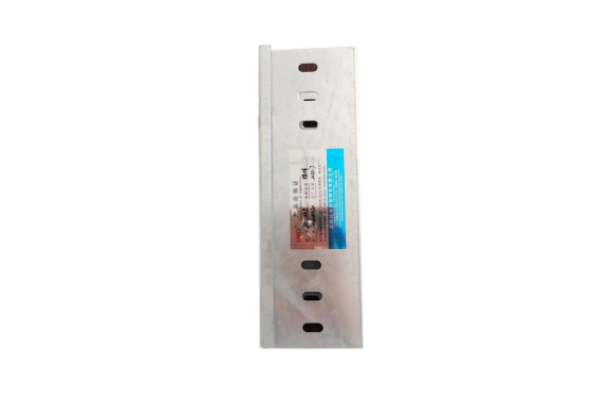Working principle and structure of thermal resistance
Release Time : 2023-04-13
Working principle and structure
Thermal resistance measures temperature by using the property of a substance's resistance to change with temperature. The thermal resistance temperature sensing element is evenly double wound on the skeleton made of thin metal and insulating material. When there is a temperature gradient in the measured medium, the measured temperature is the average temperature in the medium layer within the range of the temperature sensing element.
The assembled thermal resistance is mainly composed of a junction box, a junction box, a protective sleeve, an insulating sleeve and a temperature sensing element. The basic form is shown in Figure 5-9. In practical applications, most of them are also equipped with various installation fixtures to meet the installation on the production site.
The armored thermal resistance has a smaller diameter than the assembled thermal resistance. Easy to bend, shock and vibration resistant, durable. It can also be used as the core element of the assembled thermal resistance. The outer sheath is made of stainless steel filled with a high-density oxide insulator suitable for installation in harsh environments. The temperature range is -200~500°C. During use, attention should be paid to the position of the temperature-sensing element at the end, and the 30mm of the end must not be bent to avoid damage to the temperature-sensing element.
Most of the early products of thermal resistance temperature sensing elements are skeleton winding type, including mica skeleton, plastic skeleton, glass skeleton and ceramic skeleton. Thin film thermal resistance elements have been widely used. As shown in Figure 5-10, it can be used for assembly thermal resistance and armored thermal resistance, with small structure and low price. However, the test current of the thin film thermal resistance element is very small, usually 1mA, and the maximum does not exceed 3mA. The temperature sensing element is open and shorted. Both mica skeleton and plastic skeleton structures can be repaired. Temperature sensing elements of other structures cannot be repaired, only replaced.






